Or Chapter 4. “How do you design rubrics to accompany the authentic assessment?” Pam Hook
There can be no more authentic task for a five year old than putting your face in the water when learning to swim.
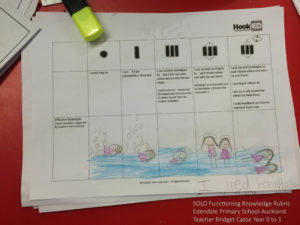 The indispensable conditions for improvement are that the student comes to hold a concept of quality roughly similar to that held by the teacher, is continuously able to monitor the quality of what is being produced during the act of production itself, and has a repertoire of alternative moves or strategies from which to draw on at any given point (Sadler 1989, p.121).
The indispensable conditions for improvement are that the student comes to hold a concept of quality roughly similar to that held by the teacher, is continuously able to monitor the quality of what is being produced during the act of production itself, and has a repertoire of alternative moves or strategies from which to draw on at any given point (Sadler 1989, p.121).
I am enjoying re-reading the chapter I wrote in Designing Quality Authentic Assessments by Tay Hui Yong – Routledge. So much happens in the day job before a final manuscript arrives as a published book that the un-boxing of an author’s copy always surprises me.
In this book my chapter starts with a favourite quote from Sadler – and continues with an exploration of the summative and formative roles of rubrics. It then shifts to the use of SOLO Taxonomy as a framework to guide to describe these concepts of quality – using example rubrics designed with the teachers and students I work with across New Zealand, Australia and the United Kingdom.
The example that makes me smile widely is the SOLO rubric drawn by a 5 year old student in Bridget Cassés class at Edendale School, Auckland New Zealand. I watched as this rubric was drawn – the different levels of learning outcome – so earnestly differentiated – using SOLO Functioning Knowledge rubric criteria. They are worthy of more detailed scrutiny.
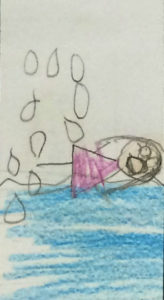 Prestructural: I cannot put my face in the water
Prestructural: I cannot put my face in the water
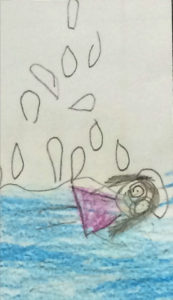 Unistructural: I can if I copy what someone else does
Unistructural: I can if I copy what someone else does
 Multistructural: I can but I sometimes make mistakes
Multistructural: I can but I sometimes make mistakes
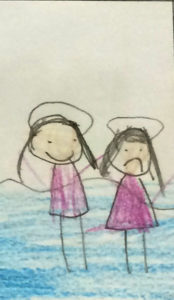 Relational: I can do this! AND I can fix any mistakes.
Relational: I can do this! AND I can fix any mistakes.
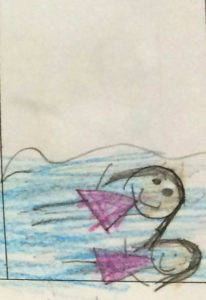 Extended abstract: AND I can help teach others how to put their face in the water.
Extended abstract: AND I can help teach others how to put their face in the water.
Note: Bridget is co-author of the SOLO Early Years book – Hook, P. and Cassé, B. (2013). SOLO Taxonomy in the Early Years. Making connections for belonging, being and becoming. Essential Resources Educational Publishers Limited. New Zealand.




